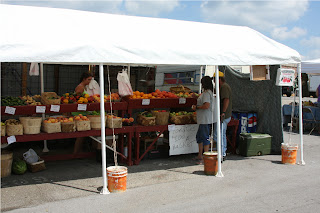The Watervliet (New York) site is the final resting place for the early Shaker leaders, including the society's founder Ann Lee.
Mt. Lebanon, New York, was the central ministry site during the church's expansion into Ohio, Kentucky, and Indiana. It was from here that the three missionaries were sent to the Second Great Awakening revivals being held on the then frontier.
Canterbury, New Hampshire, was the only village to pass directly from the Shakers to a non-profit museum, and is the best preserved as a result. It and Pleasant Hill, in Kentucky, offer the most complete view of Shaker life available.
The Enfield, New Hampshire, site is the newest museum and most of the Shaker buildings remain in the hands of private owners.
Sabbath Day Lake, Maine, is home to the last five Shakers. Always the smallest and least successful of the Shaker villages, it is the only one that survives.
In addition, we caught up with long-time friends, ate lobster, immersed ourselves in New England history and culture, shot 730 photos, visited 11 states, and drove more than 3,000 miles without ever venturing out of Appalachia. Did I mention taking a lot of pictures?
We were without access to the internet for much of the time we were away, so I'll be trying to catch up on reading blogs for a while now.

























































